Chart Sheet Measurement: A Complete Information To Optimizing Your Information Visualizations
Chart Sheet Measurement: A Complete Information to Optimizing Your Information Visualizations
Associated Articles: Chart Sheet Measurement: A Complete Information to Optimizing Your Information Visualizations
Introduction
With nice pleasure, we are going to discover the intriguing matter associated to Chart Sheet Measurement: A Complete Information to Optimizing Your Information Visualizations. Let’s weave attention-grabbing info and supply recent views to the readers.
Desk of Content material
Chart Sheet Measurement: A Complete Information to Optimizing Your Information Visualizations

Chart sheets, the person pages inside a spreadsheet program devoted to displaying charts, are elementary to efficient knowledge visualization. Choosing the proper chart sheet measurement is essential for readability, readability, and general affect. A poorly sized chart sheet can obscure knowledge, hinder comprehension, and even mislead the viewers. This complete information explores the assorted facets of chart sheet measurement, providing sensible recommendation and issues for optimum design and presentation.
Understanding the Significance of Chart Sheet Measurement
The scale of a chart sheet is not merely an aesthetic selection; it straight influences the effectiveness of the visualization. Too small, and essential particulars turn out to be illegible; too massive, and it could overwhelm the viewer, diluting the message. The perfect measurement depends upon a number of elements, together with:
-
Chart Complexity: A easy bar chart requires much less house than a fancy community graph. Overcrowding a small sheet with intricate knowledge will render it incomprehensible. Conversely, a easy chart on a big sheet can seem disproportionate and visually unappealing.
-
Information Density: Charts with quite a few knowledge factors or intricate particulars want extra space to keep away from litter. A scatter plot with a whole bunch of factors requires a bigger sheet than one with only a dozen.
-
Supposed Viewers and Presentation Technique: A chart meant for a fast look on a dashboard wants a unique measurement than one introduced in a proper presentation or printed report. A presentation on a big display calls for bigger parts, whereas a printed handout necessitates consideration of web page margins and general doc measurement.
-
Kind of Chart: Totally different chart varieties have inherent house necessities. A pie chart, for example, requires much less vertical house than a protracted, vertical bar chart. A geographical map will naturally require a bigger space than a easy line graph.
-
Decision and Output: The ultimate output medium considerably impacts chart sheet measurement. A chart displayed on a high-resolution monitor can afford smaller particulars than one printed on lower-resolution paper. Charts meant for on-line viewing ought to take into account display sizes and resolutions of widespread units.
Customary Chart Sheet Sizes and Codecs
Whereas spreadsheet applications supply flexibility in chart sheet sizing, sure customary codecs are generally used and supply an excellent place to begin. These are sometimes dictated by the general doc measurement and the meant output:
-
A Collection (A0-A10): This ISO customary paper measurement vary presents a hierarchical system, with A0 being the most important and A10 the smallest. These sizes are generally used for printed charts and experiences, permitting for constant scaling and printing throughout completely different paperwork. Bigger sizes (A0-A3) are appropriate for detailed charts and shows, whereas smaller sizes (A4-A10) are higher for handouts or smaller experiences.
-
Letter and Authorized: These North American customary paper sizes are prevalent in lots of contexts. Letter (8.5 x 11 inches) is a typical measurement for on a regular basis paperwork, whereas Authorized (8.5 x 14 inches) offers extra vertical house. The selection between these depends upon the chart’s orientation and content material.
-
Customized Sizes: Spreadsheet applications enable for customized chart sheet sizes, providing unparalleled flexibility. That is significantly helpful when creating charts for particular shows or integrating them into bigger layouts. Nevertheless, sustaining facet ratios and making certain constant scaling throughout completely different outputs is essential.
Optimizing Chart Sheet Measurement for Readability and Readability
Past merely selecting a measurement, optimizing the chart sheet includes cautious consideration of a number of parts:
-
Margins: Ample margins are essential for readability and aesthetic attraction. They forestall textual content and chart parts from being reduce off and supply visible respiration room. Constant margins across the chart contribute to an expert and balanced look.
-
Font Measurement and Model: The font measurement needs to be massive sufficient to be simply learn from the meant viewing distance. Keep away from overly small fonts that pressure the eyes. Select a transparent and legible font fashion that enhances the general design.
-
Labeling and Annotations: Labels, legends, and annotations needs to be clear, concise, and appropriately sized. Overly crowded or small labels can hinder comprehension. Think about using completely different font sizes and weights to spotlight necessary info.
-
White House: Strategic use of white house, or damaging house, enhances readability and visible attraction. It separates parts, prevents litter, and permits the viewer to concentrate on the important thing info.
-
Chart Aspect Measurement: The scale of bars, traces, factors, and different chart parts needs to be proportionate to the general chart measurement. Too small, they usually turn out to be tough to differentiate; too massive, they usually can overwhelm the chart.
-
Facet Ratio: The facet ratio (the ratio of width to peak) needs to be chosen to finest go well with the chart sort and knowledge. Some charts, like bar charts, would possibly profit from a taller, narrower facet ratio, whereas others would possibly look higher with a wider, shorter ratio.
Selecting the Proper Measurement for Totally different Chart Sorts
The optimum measurement for a chart sheet additionally relies upon closely on the kind of chart getting used:
-
Bar Charts: Vertical bar charts usually profit from a taller facet ratio to accommodate longer labels and a number of classes. Horizontal bar charts would possibly want a wider facet ratio, particularly if labels are prolonged.
-
Line Charts: Line charts normally require a comparatively balanced facet ratio, permitting for clear visualization of developments over time.
-
Pie Charts: Pie charts usually require much less house than different chart varieties, making smaller sheet sizes usually ample. Nevertheless, making certain that slices are massive sufficient to be simply distinguished is essential.
-
Scatter Plots: Scatter plots, particularly these with quite a few knowledge factors, profit from bigger sheet sizes to stop overcrowding and permit for clear visualization of relationships between variables.
-
Maps: Geographical maps require considerably bigger sheet sizes to accommodate the geographical particulars and keep readability.
Instruments and Methods for Sizing Chart Sheets
Spreadsheet applications supply numerous instruments for adjusting chart sheet measurement:
-
Handbook Resizing: Most spreadsheet applications enable for handbook resizing of chart sheets by dragging the sides or corners. Nevertheless, sustaining the facet ratio is necessary to stop distortion.
-
Preset Sizes: Many applications supply preset sizes primarily based on customary paper codecs or display resolutions. Choosing a preset measurement can present an excellent place to begin for chart design.
-
Customized Sizes: Superior choices enable for exact management over chart sheet dimensions, enabling the creation of customized sizes tailor-made to particular wants.
-
Facet Ratio Locking: This function prevents distortion throughout resizing by sustaining a continuing facet ratio.
Conclusion:
The scale of a chart sheet is a important design factor that straight impacts the effectiveness of knowledge visualization. Choosing the proper measurement includes cautious consideration of chart complexity, knowledge density, meant viewers, chart sort, and output medium. By understanding these elements and making use of the ideas of readability, readability, and aesthetic attraction, you’ll be able to create chart sheets that successfully talk your knowledge and obtain your visualization objectives. Do not forget that experimentation and iteration are key to discovering the optimum measurement for every particular chart and context. Do not hesitate to strive completely different sizes and layouts till you obtain essentially the most impactful and simply comprehensible visualization.
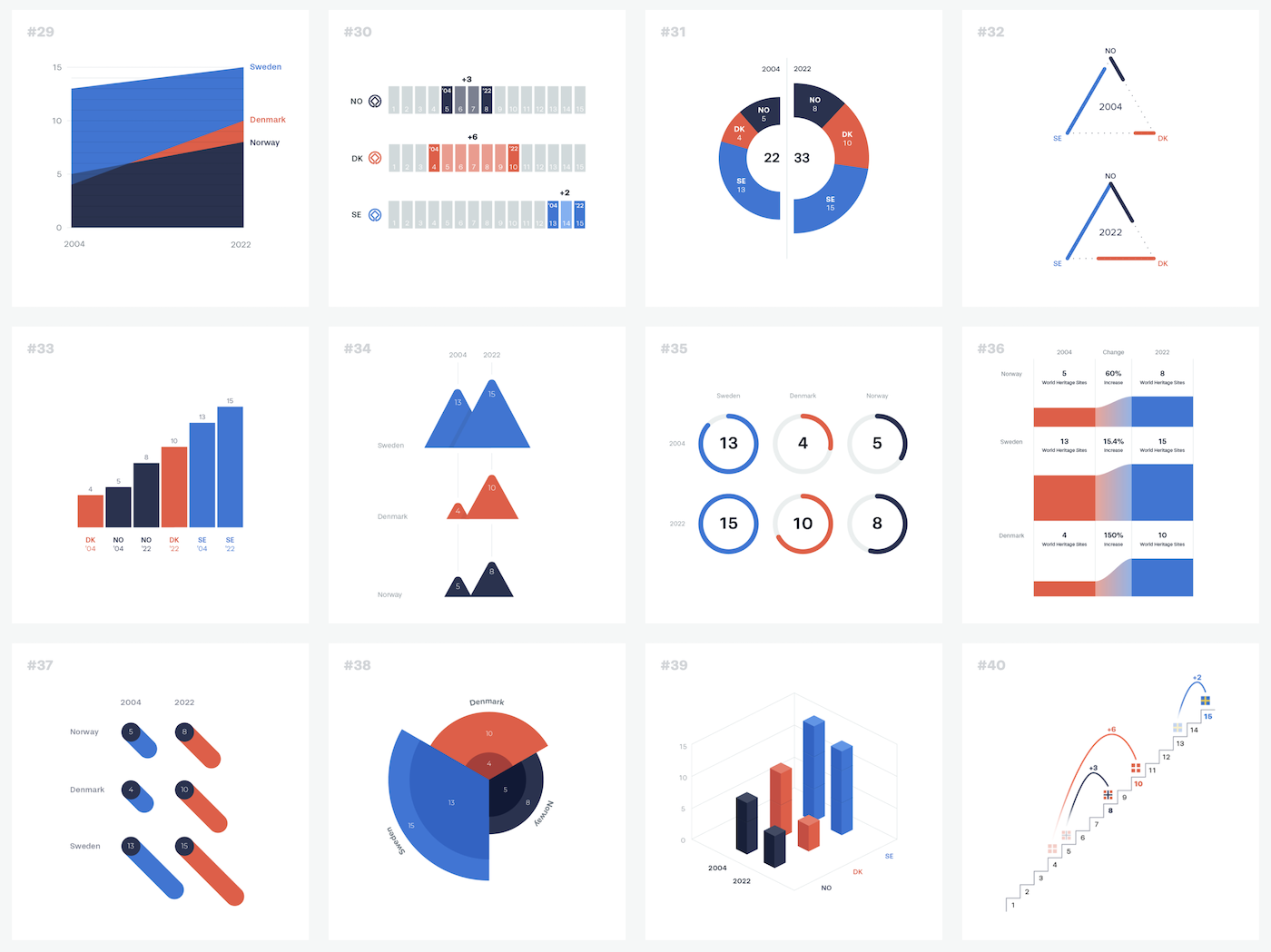

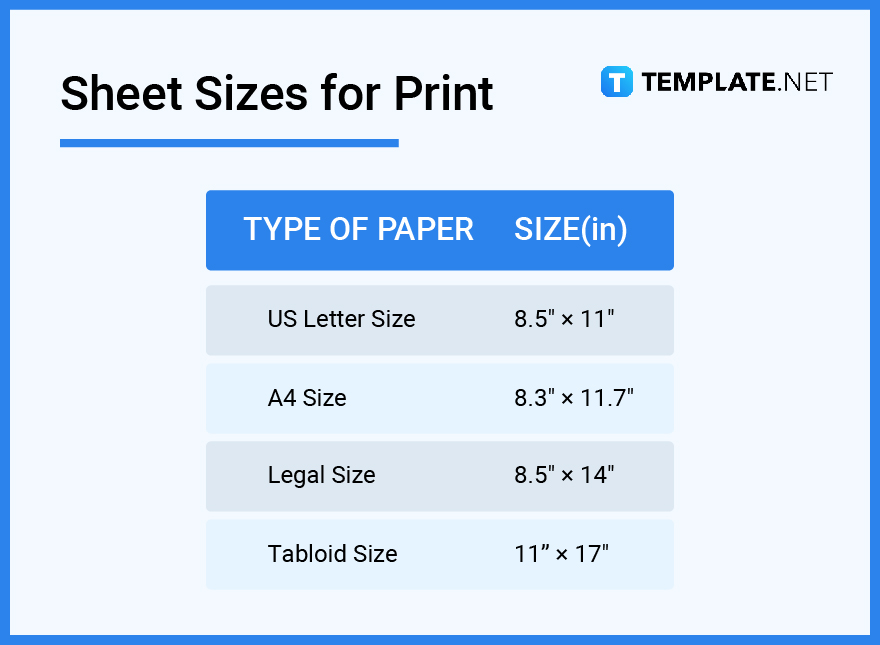
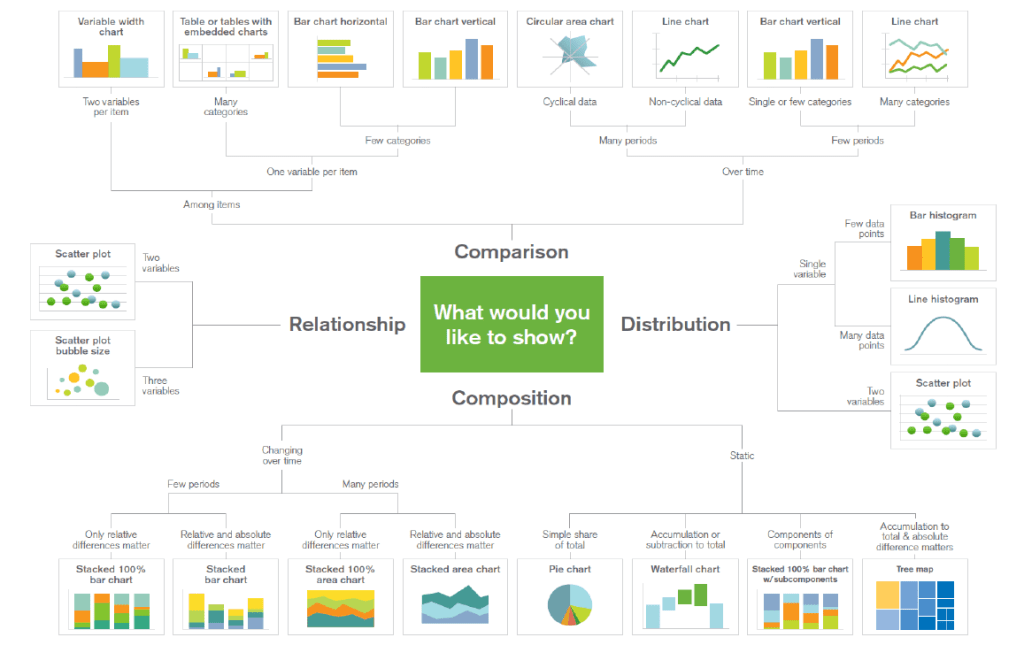
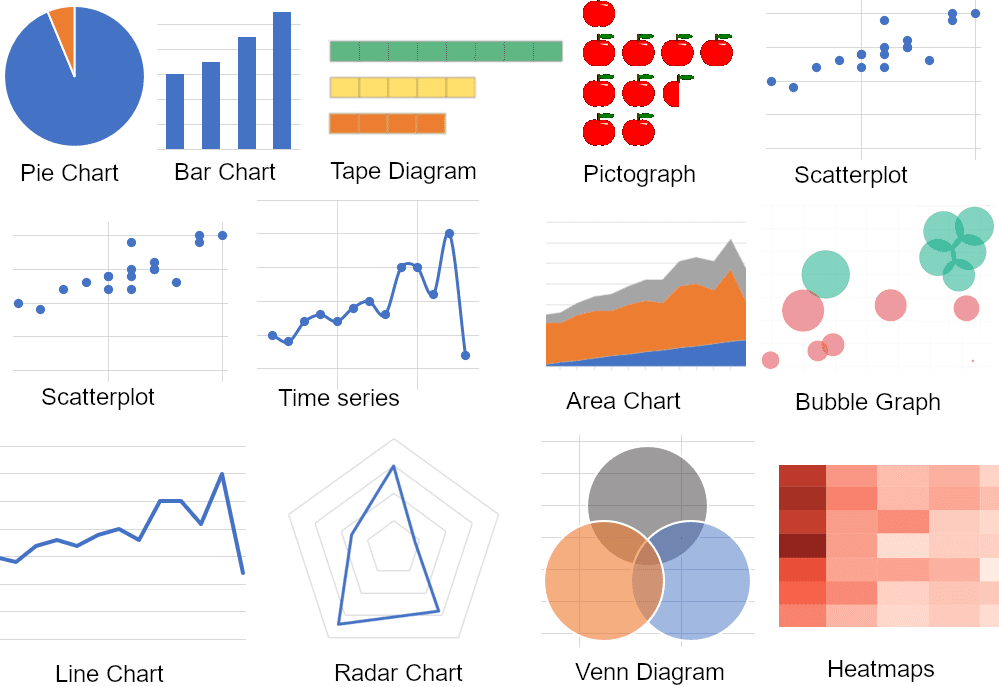


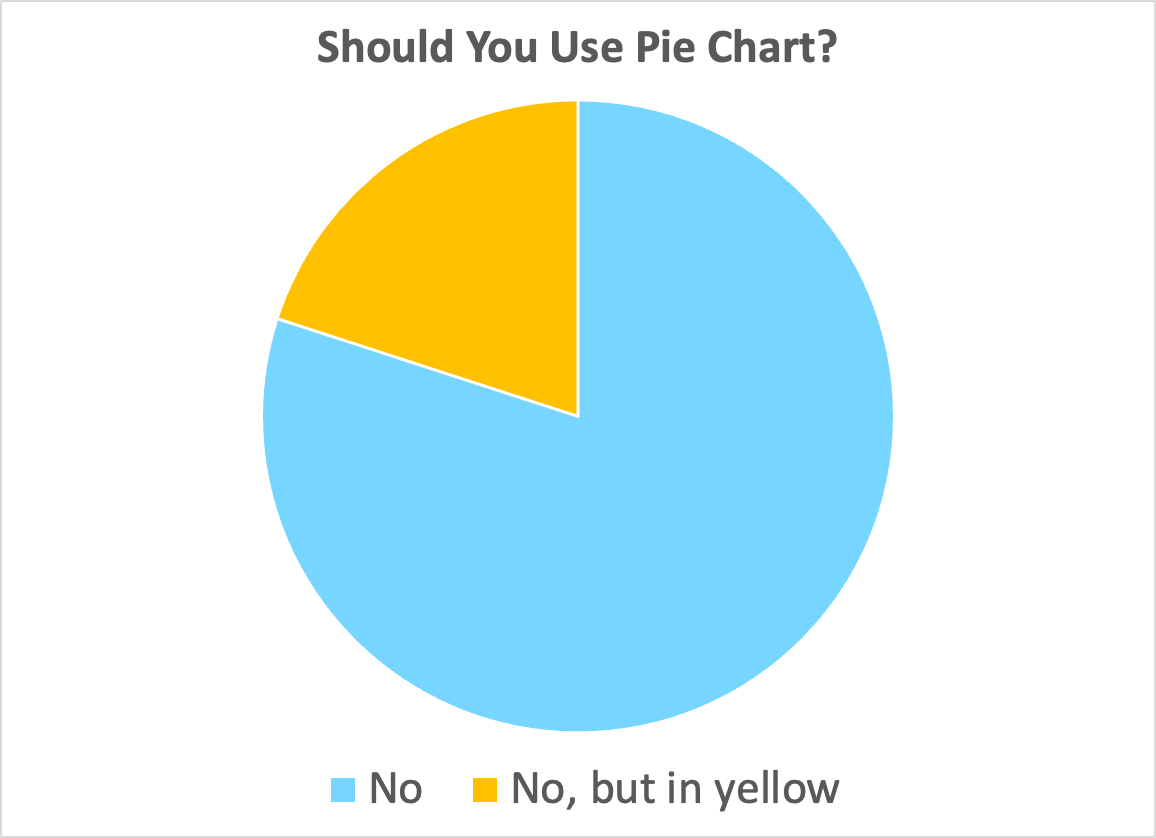
Closure
Thus, we hope this text has offered worthwhile insights into Chart Sheet Measurement: A Complete Information to Optimizing Your Information Visualizations. We hope you discover this text informative and helpful. See you in our subsequent article!